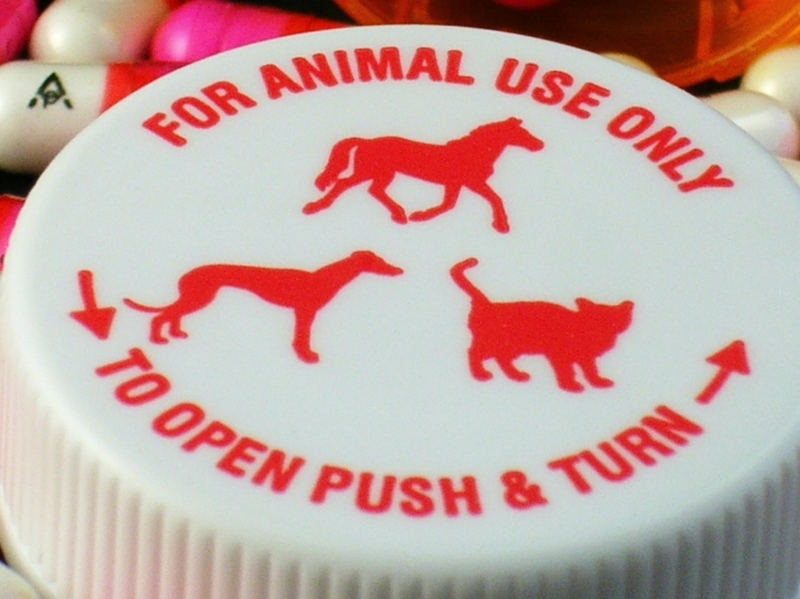Prepping Your Freezer for Extended Storage Conditions
Posted on 25/05/2025
Prepping Your Freezer for Extended Storage Conditions: The Complete Guide
Freezers are essential in the modern household, especially if you want to stockpile food, save money, or prepare for emergencies. But how do you ensure your freezer is prepared for extended storage conditions? Whether you're planning for a harsh winter, a power outage, or simply want to maximize the efficiency and lifespan of your frozen goods, prepping your freezer the right way is crucial.
This comprehensive guide will walk you through everything you need to know about prepping your freezer for long-term storage. From organizing and cleaning to strategic packing, temperature management, and tips for avoiding common issues, you'll learn how to achieve optimal results and keep your food safe and delicious for months or even years.

Why Prepping Your Freezer for Long-Term Storage Matters
Before diving into specifics, let's underscore the importance of freezer preparation for extended storage:
- Food Safety: Improperly stored food can become unsafe to eat and lead to waste or health risks.
- Cost Efficiency: Minimizing food spoilage and maximizing storage helps you get the most out of your grocery budget.
- Emergency Preparedness: A well-prepped freezer can be a lifeline during unforeseen circumstances like storms, supply chain disruptions, or power outages.
- Convenience: Prepped freezers make meal planning, batch cooking, and even holiday preparations far easier.
Now, let's explore the essential steps for prepping your freezer for extended storage conditions.
Step 1: Assess Your Freezer's Condition
Check the Seals and Gaskets
A freezer's seal, or gasket, is what keeps the cold air in and warm air out. Take a close look and inspect the gasket for cracks, mold, or tears. Close the door on a piece of paper; if it slides out easily, it's time to replace the gasket.
Defrost and Deep Clean
Over time, frost build-up can hamper your freezer's efficiency. If your model isn't frost-free, plan a thorough defrosting session. Remove all items, unplug the freezer, and place towels to absorb water.
- Wipe down all interior surfaces with warm soapy water. For smells, use a baking soda and water solution.
- Once dry, place an open box of baking soda inside to absorb lingering odors.
Check the Temperature Settings
The optimal freezer temperature for long-term food storage is 0?F (-18?C) or lower. Use an appliance thermometer to confirm your freezer maintains this temperature. If it fluctuates, consider calling a technician or replacing the unit.
Step 2: Organize and Inventory
Purge Expired Items
Go through all the contents of your freezer. Dispose of any expired, freezer-burned, or unidentifiable items. Remember: organization is the foundation of effective long-term storage.
Inventory Management
Keep an inventory sheet taped to your freezer or use a freeze-friendly app. Include:
- Item name
- Date frozen
- Expiration date
- Quantity
- *Tip: Rotate older items to the front so they get used first (FIFO: First In, First Out).*
Group Similar Items Together
Organize your freezer contents into categories--meats, veggies, prepared meals, breads, etc. Use sturdy, labeled containers or bins to keep things separated and easy to find.
Step 3: Proper Packaging for Extended Freezer Storage
Best Materials for Freezer Packing
To guard against freezer burn and contamination, select freezer-safe wrapping materials:
- Heavy-duty aluminum foil
- Freezer-grade zipper bags
- Vacuum-seal bags and a vacuum sealer (ideal for extended storage needs!)
- Rigid plastic or glass containers with tight-fitting lids
- Freezer paper (for wrapping meats and fish)
Tips for Packaging Food
- Portion control: Freeze food in amounts you'll typically use at one time to avoid resealing already thawed food.
- Remove excess air: Air leads to freezer burn; vacuum sealers are best, but squeezing out air before sealing works, too.
- Label everything: Use freezer-safe markers or labels with the name and date.
Double-wrap items that will be stored for over 3 months to maximize protection. For example, wrap meats in plastic wrap and then in foil or a freezer bag.
Step 4: Smart Packing and Usage Strategies
Don't Overstuff, But Keep It Full
While overfilling a freezer restricts air circulation and lowers efficiency, a completely empty freezer wastes energy. Pack solidly but allow air to flow. If low on food, use jugs of water to take up space; these will keep the temperature stable during power loss, too.
Arrange Items for Quick Retrieval
Use bins, tiered organization, and create zones for different food types. Store frequently used items near the front and organize based on how soon you'll use them.
Stack Flat, Not Round
Freeze soups and stews in zip bags laid flat--these stack easily, save space, and thaw faster.
Step 5: Maintaining Optimal Storage Conditions
Monitor Temperature Regularly
- Check the temperature at least once a week.
- Install a freezer alarm or temperature monitor for added peace of mind.
Don't Neglect Power Considerations
Extended storage means preparing for the unexpected--including power outages:
- Have a backup generator ready if you live in an area with unreliable electricity.
- Keep your freezer as full as possible; frozen items help maintain a cold environment during short-term power failures.
- Keep the door closed during outages; a full freezer can maintain a safe temperature for up to 48 hours.
Regularly Inspect for Frost Buildup
Excess frost reduces efficiency and storage space. Frost-free models do this automatically, but manual defrost units should be checked periodically.
What Foods Freeze Best for Extended Storage?
Not all foods thrive in the freezer. For long-term food storage, these items perform best:
- Meats and poultry (in vacuum-sealed or double-wrapped)
- Fish and shellfish
- Berries and certain vegetables (blanch vegetables before freezing)
- Breads and baked goods
- Soups, stews, and pre-cooked meals
- Butter and hard cheeses
*Tip: Dairy (like milk) and certain produce (lettuce, cucumbers) do not freeze as well due to texture changes once thawed. Research each item before long-term freezing.*
Avoiding Common Freezer Storage Pitfalls
Watch Out for Freezer Burn
Freezer burn occurs when food is improperly wrapped or exposed to air, forming icy patches and resulting in dry, tough textures. Prevent it by:
- Double wrapping foods.
- Vacuum sealing whenever possible.
- Promptly returning food to the freezer after use.
Don't Refreeze Thawed Foods
Thawed food can develop bacteria if left at unsafe temperatures. Only refreeze raw food that's been safely thawed in the refrigerator and never food that's been left out.
Rotate Stock Regularly
Adopt a first-in, first-out system. Place newly frozen items at the back and older ones in the front, using up the oldest first.
Extra Tips for Prepping Your Freezer for Emergency Storage
- Separate frozen water bottles: Place bottles of frozen water throughout to help maintain a stable temperature and fill excess space efficiently.
- Use small appliance thermometers: Keep thermometers in both your fridge and freezer for quick visual confirmation.
- Consider power outage plans: Research your local area's outage patterns and invest in a backup power source or thermal blankets designed for appliances. This can extend the safe life of your frozen foods during blackouts.
- Compile a list of freezer-friendly recipes: If you need to cook and use up thawing food quickly, having ready-to-go recipes minimizes waste.

Frequently Asked Questions on Freezer Preparation for Extended Storage
How long do foods last in a properly prepped freezer?
- Meats, poultry, and seafood: 6-12 months
- Vegetables and fruits (properly blanched): 8-12 months
- Bread and baked items: 3-6 months
- Prepared meals: 2-6 months
Can you store food indefinitely in a freezer?
While food technically remains safe indefinitely at 0?F, quality and taste deteriorate over time. Stick to recommended storage times for best results.
How do you prevent odors from developing in a freezer during extended storage?
- Keep the freezer clean and odor-free by using baking soda or activated charcoal.
- Always use airtight packaging to prevent odor spread between different foods.
What's the best way to organize a chest freezer for long-term storage?
- Use stackable containers or labeled bins by category.
- Maintain an inventory sheet for tracking items and dates.
- Consider wire baskets to separate food for easier retrieval.
Final Thoughts: Achieve Peace of Mind with a Prepped Freezer
By prepping your freezer for extended storage conditions, you gain peace of mind, reduce waste, and ensure that you and your family always have wholesome, safe options available--no matter what life throws your way. Follow these essential tips:
- Regularly inspect and clean your freezer
- Use proper packaging and labeling
- Monitor temperature and stocking routines
- Adopt rotation and inventory systems
With proactive planning and these best practices, your freezer will be ready for anything. So, start prepping today--your future self (and your tastebuds) will thank you!
Empower your household by prepping your freezer for extended food storage, ensuring nutrition, convenience, and savings for months to come.



